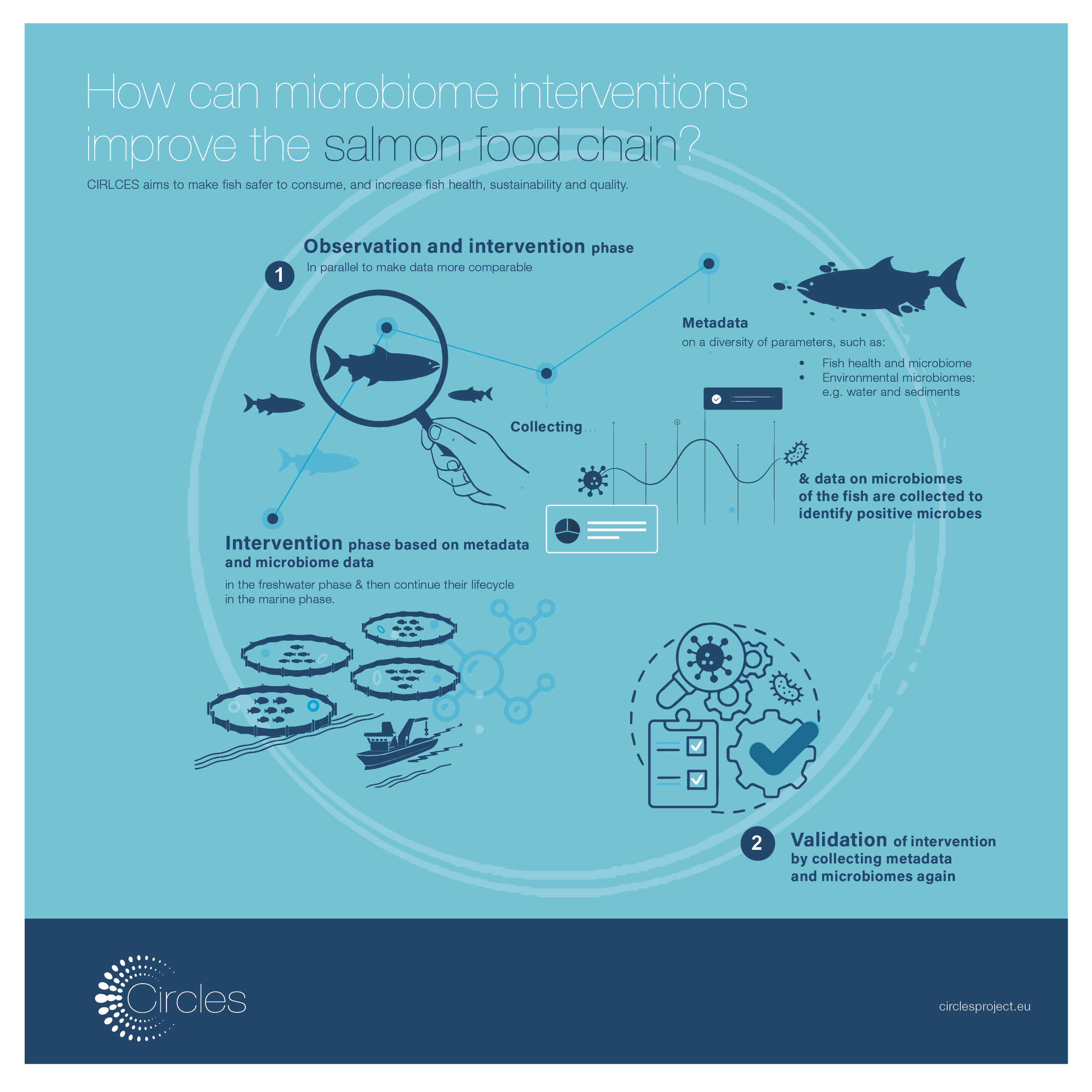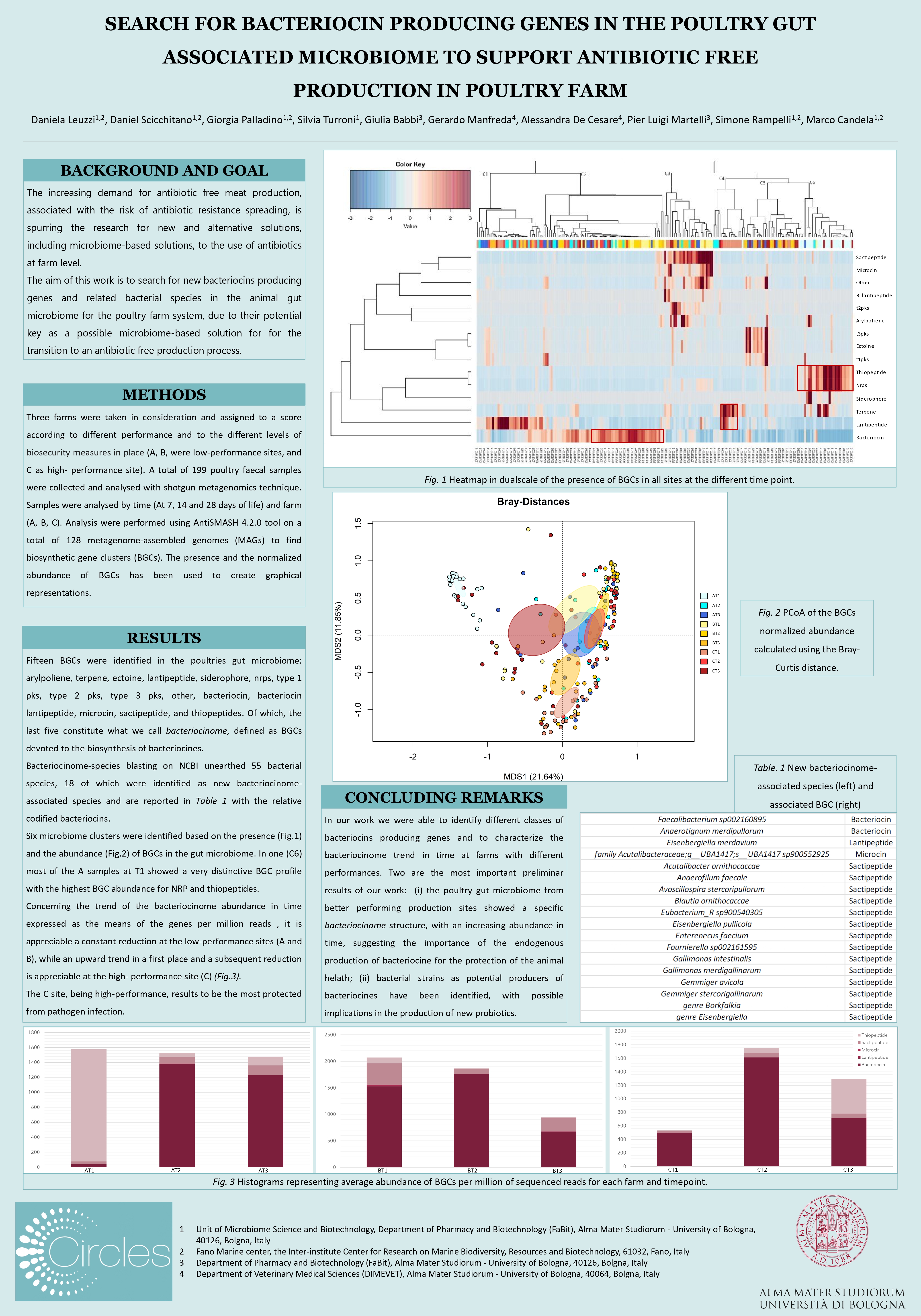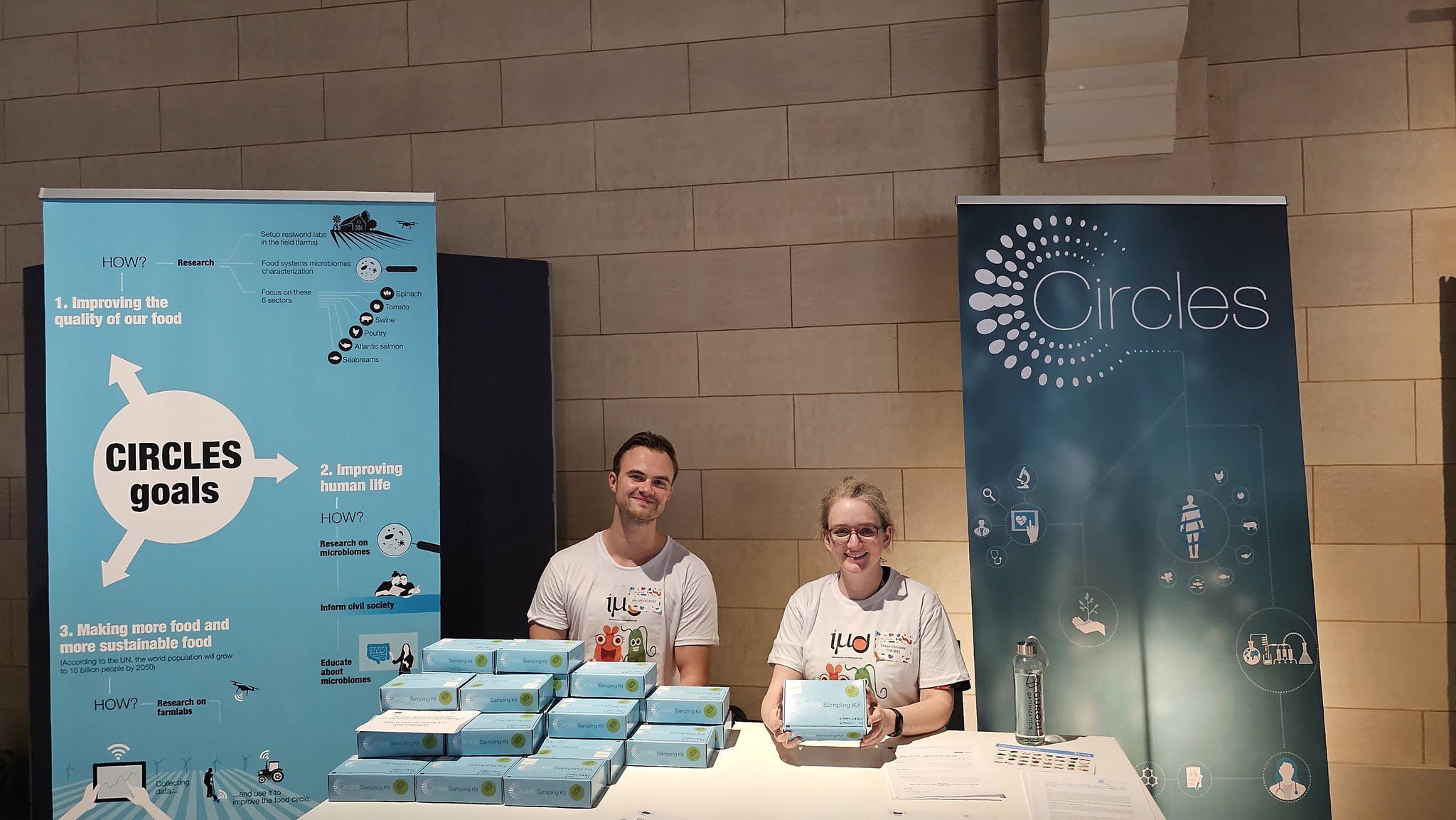CIRCLES’ researchers use a variety of technologies and tools to monitor and collect data on microbiomes. In this blog series, we explain which machines are being used in CIRCLES, how they work and how they contribute to microbiome research. Next up is the Rover that is used for air sampling. This machine collects air microbiomes. But first things first…
Why do CIRCLES’ researchers sample the air microbiome?
The air is full of microbes and other microorganisms. We suspect these microbiomes have an important impact on our health. Therefore, we want to learn how they influence our food production system and how we can use that in our advantage for the production of sustainable and healthy food. Amongst others, we want to see if the air microbiome varies from one place to another and in different circumstances. For example, we want to find out if there is a difference between air microbiomes around poultry in Northern Italy and Southern Italy, and whether that variance has an effect on the food production process. Once we gain insights on how microbiomes influence food production, we can further assess the possibility to optimise the microbiome composition. Ultimately, the improved microbiome composition could support plant and animal growth, health and stress resilience while reducing the environmental impact of farming.
Another motivation to collect the air microbiome is the prevention of antibiotics resistance. Antibiotic resistance carries a double danger: these resistant bacteria could travel to people, creating untreatable, hard-to-contain infections. Within the meat industry in particular routine use of antibiotics is harming farmers’ ability to raise animals and treat them if they get sick. Bacteria spread easily through the air. Since most swine and poultry farms are intensive, (resistant) bacteria spread fast amongst cattle. In the future, we would like to be able to assess the air quality by looking at the microbiome composition. That would help to detect whether there are any antibiotic-resistant bacteria in the air and what type. At the moment, the research of air microbes is in its infancy and there is still a lot to learn.
Meet our Rover
The name might send you off in the wrong direction, but the rover is a little car on four wheels with a mechanical extensible arm that looks like an antenna. The machine is custom made by the Engineering department at the University of Bologna and developed to collect microbiomes from the air. At the end of the mechanical extensible arm, the engineers built in a pump that samples the air. This pump has a built-in removable filter to which the air microbiomes stick. The rover drives around farms to sample the air microorganisms. Once the machine has collected the microorganisms, the researchers can remove the filter from the pump. The filter with collected microorganisms is then sent to the lab for further analysis.
What makes the Rover special?
The rover is unique because air sampling is usually done by machines that are not able to move around. The Rover can be programmed with a map of a farm and travel autonomously around the farm for up to 24 hours. The sampling procedure is therefore much more representative compared to a sample that was taken at one specific place, over a short period (a few hours) of time.







